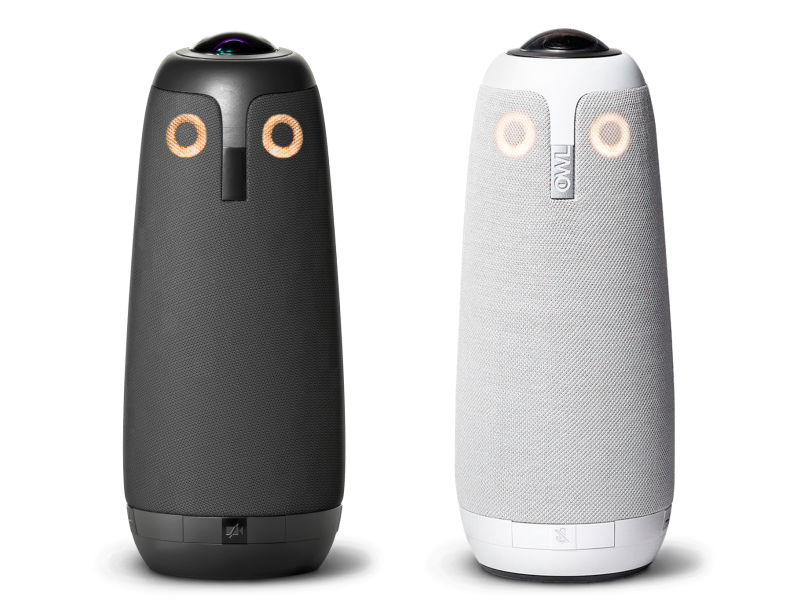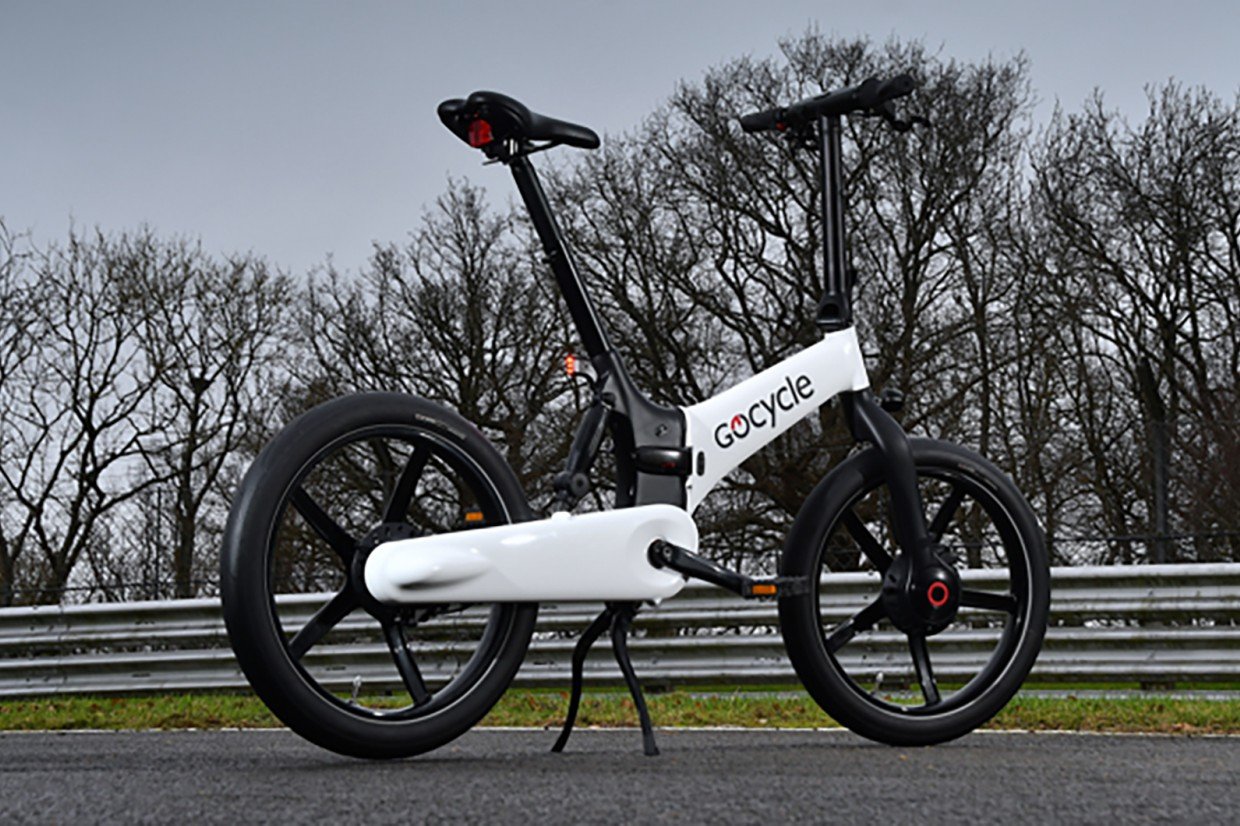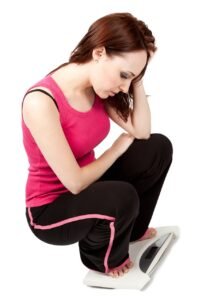Getting out of a chair may seem like a simple daily task, but it can actually reveal important clues about your health and ageing. The sit-to-stand test is a quick and easy way to check your strength, balance, and overall physical fitness. It only takes 30 seconds and can be done at home.
This test is often used by doctors and health professionals, especially for people aged over 60, but it’s useful for younger adults too. It shows how well your body is functioning and can help you understand your risk of falls, heart problems, or even long-term health issues.

To try this test at home, all you need is a chair without armrests and a timer (a mobile phone works). Sit in the middle of the chair, cross your arms over your chest, and place your feet flat on the ground. Start the timer and stand up fully, then sit down again. Repeat this for 30 seconds and count how many times you stand up.
Different age groups have average scores. For example, men aged 60–64 usually manage around 14 times, and women around 12. People aged 85–89 average about 8. If your score is below average, it may suggest a risk of poor health outcomes like reduced heart or lung function or a higher chance of falling.

This test isn’t just for older people. In a study, adults aged 20–24 did the test and scored an average of 50 repetitions per minute for men and 47 for women, with some reaching up to 72. These results can reflect lower body strength and endurance, which are key parts of overall fitness.
Researchers have also found that lower scores in this test are linked with greater health risks, including after surgery or cancer treatment. In one study, people with poor results were five to six times more likely to die within six years than those who performed better.
But the goal isn’t to scare – it’s to help you take control of your health. The test is a useful tool to see where you stand compared to others your age. It can motivate you to make small changes that lead to big improvements in how you feel and move.
If your score is low or you want to improve, staying active is the best way. Here are some tips:
- Do simple seated exercises to start building strength.
- Stand up and sit down five times every hour.
- Walk around your home or go up and down stairs several times a day.
- Join exercise classes, especially those made for older adults.
- Do daily activities like housework, gardening, or playing with grandkids.
- Stretch regularly and walk short distances instead of driving.
Keeping your legs strong helps you stay independent and avoid what doctors call “bungalow legs” – weak legs from not using stairs or walking much. Staying active also helps prevent social isolation, which can affect your mental and physical health.
The sit-to-stand test is a simple reminder that small actions can lead to better health and longer independence. Try it today and see where you stand.


















